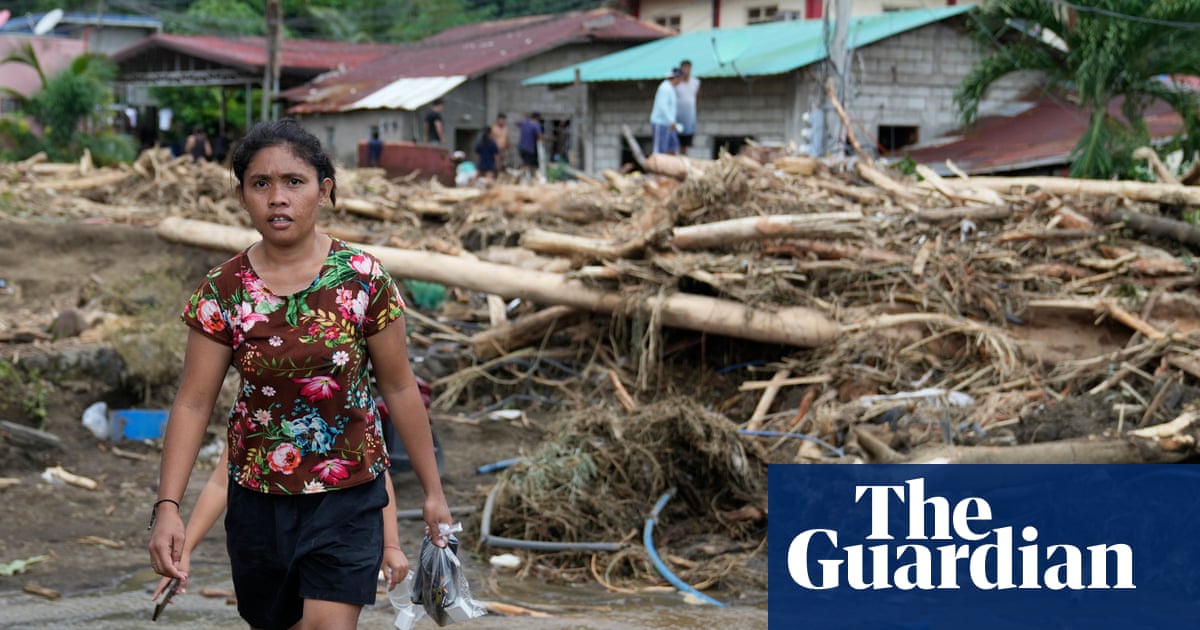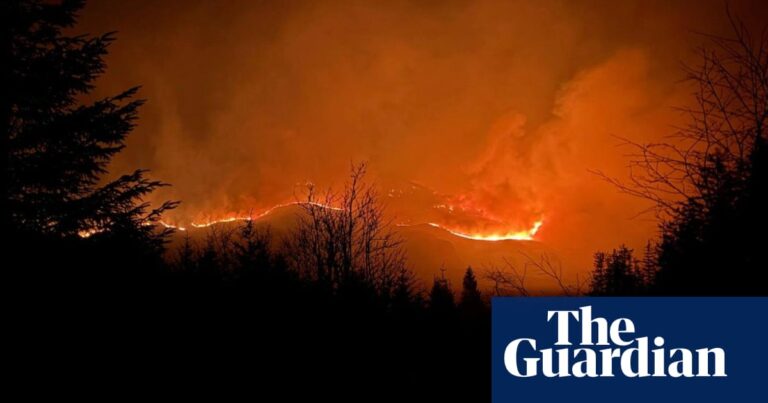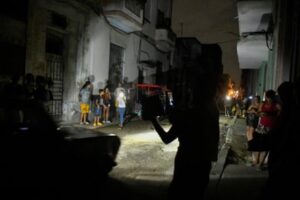
The number of dead and missing after tropical storm Trami caused extensive flooding and landslides in the Philippines has exceeded 100, as the president said many areas remained isolated.
Trami blew away from the north-western Philippines on Friday, leaving at least 81 people dead and 34 others missing in one of the south-east Asian archipelago’s deadliest and most destructive storms so far this year, the government’s disaster response agency said. The death toll was expected to rise as reports come in from previously isolated areas.
Dozens of police, firefighters and other emergency personnel, backed by three backhoes and search dogs, dug up one of the last two missing villagers in the lakeside town of Talisay in Batangas province on Saturday.
The Philippines president, Bongbong Marcos, who inspected a hard-hit region south east of Manila on Saturday, said the unusually large volume of rainfall dumped by the storm, including in some areas that had one to two months’ worth of rainfall in 24 hours, had overwhelmed flood controls in provinces lashed by Trami.
“The water was just too much,” Marcos told reporters. “We’re not done yet with our rescue work. Our problem here, there are still many areas that remained flooded and could not be accessed even [by] big trucks.”
Marcos said his administration would plan to start work on a big flood control project that could meet the unprecedented threats posed by the climate crisis.
More than 4.2 million people were in the path of the storm, including nearly half a million who mostly fled to more than 6,400 emergency shelters in several provinces, the government agency said.
In an emergency cabinet meeting, Marcos raised concerns over reports by government forecasters that the storm – the 11th to hit the Philippines this year – could make a U-turn next week as it is pushed back by high-pressure winds in the South China Sea.
The storm was forecast to batter Vietnam over the weekend if it did not veer off course.
The Philippine government shut down schools and government offices for the third day on Friday to keep millions of people safe on the main northern island of Luzon. Inter-island ferry services were also suspended, leaving thousands stranded.
Weather cleared in many areas on Saturday, allowing cleanup work to begin.
Each year, about 20 storms and typhoons batter the Philippines. In 2013, Typhoon Haiyan, one of the strongest recorded tropical cyclones, left more than 7,300 people dead or missing and flattened entire villages.
Source: theguardian.com


















